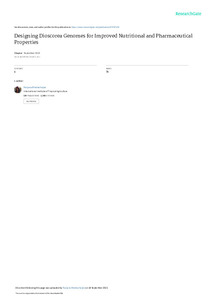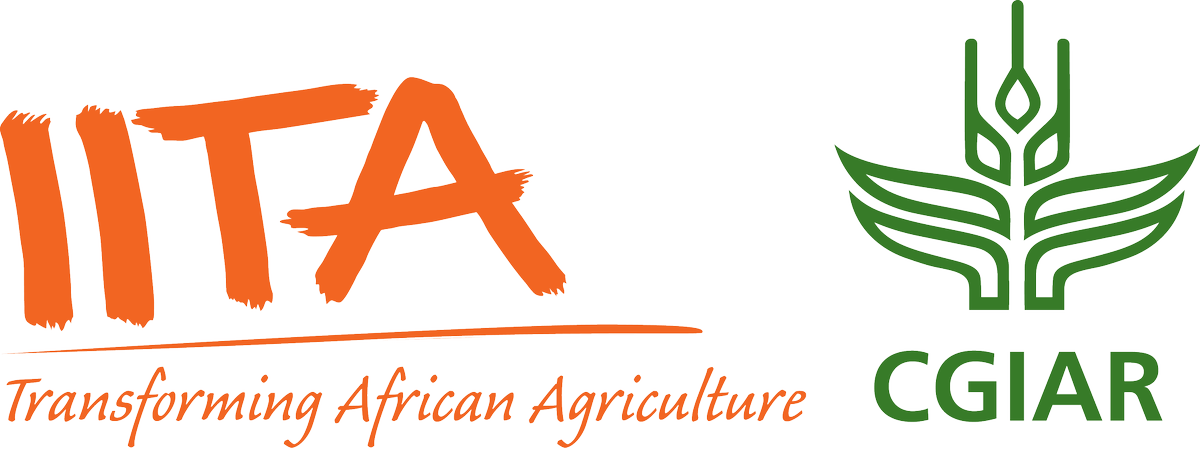Welcome to the International Institute of Tropical Agriculture Research Repository
What would you like to view today?
Designing dioscorea genomes for improved nutritional and pharmaceutical properties

View/
Date
2023-12-15Author
Bhattacharjee, R.
Type
Review Status
Peer ReviewTarget Audience
Scientists
Metadata
Show full item recordAbstract/Description
Dioscorea species, commonly known as “Yams,” belong to family Dioscoreaceae consisting of about 600 species distributed from Africa, Asia, the Caribbean’s South America, and the South Pacific islands. The tuber of this genus is well known for their organoleptic properties, making them the most widely used food for carbohydrate, dietary supplements, and famine food. West Africa represents the region where yams are mostly consumed because of their underground and/or aerial tubers representing valuable sources of proteins, fats, and vitamins for millions of people. In addition to their nutritional properties, yams are the potential source of several bioactive compounds used in the treatment of many diseases, thus providing an opportunity for their use in pharmaceutical industries. However, the pharmaceutical properties of these bioactive compounds in yams need to be well researched and validated. Yams are known
for the presence of secondary metabolites such as steroid saponin, allantoin, quinones, cyanidins, phenolics, and nitrogen-containing compounds as well as diosgenin representing different properties including antioxidant, hypoglycemic, hypolipidemic, antimicrobial, inflammatory, antiproliferative, androgenic, estrogenic, and contraceptive properties. This chapter summarizes the available information on nutritional and pharmaceutical properties of yams through published manuscripts and provides recommendations for future research directions for better utilization of yam tubers in human health and nutrition.
https://doi.org/10.1007/978-981-19-3627-2_60-1
Multi standard citation
Permanent link to this item
https://hdl.handle.net/20.500.12478/8420IITA Authors ORCID
Ranjana Bhattacharjeehttps://orcid.org/0000-0002-5184-5930
Digital Object Identifier (DOI)
https://doi.org/10.1007/978-981-19-3627-2_60-1
